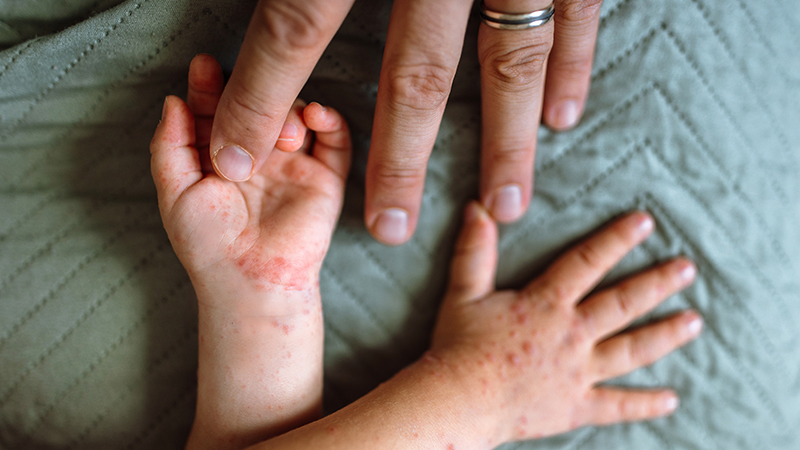Ending Stigma Around HIV
Understanding Treatment and ‘U=U’
Published March 2022
When human immunodeficiency virus (HIV) was discovered, it was surrounded by confusion, fear and misinformation. Claudia A. Hawkins, MD, MPH, infectious disease specialist at Northwestern Medicine, says dangerous misconceptions around HIV and acquired immunodeficiency syndrome (AIDS) still exist.
"Many people still think that having HIV means that a person's life is over," explains Dr. Hawkins. "But with early diagnosis, regular care and antiretroviral treatment, people can enjoy healthy and safer lives."
Understanding the Virus
There are excellent treatments available for HIV.— Claudia A. Hawkins, MD, MPH
HIV attacks the body's immune system and, over time, wears it down by destroying the cells that fight disease and infection. If HIV is not treated, it can lead to AIDS. Though there is currently no cure for HIV or AIDS, research progresses every day, and medications can protect against and treat infections. This means that people with HIV who receive treatment can live full, long lives.
"There are excellent treatments available for HIV," explains Dr. Hawkins. Most people with HIV in the U.S. do not develop AIDS because HIV prescription medications help stop the progression of the disease.
Breaking Down Treatment
Preventive and antiretroviral medications are available for HIV infections:
- Pre-exposure prophylaxis (PrEP) is medication that at-risk people take to prevent contracting HIV from sex or injection drug use.
- Post-exposure prophylaxis (PEP) is a brief course of HIV medications taken very soon after a possible exposure to HIV to prevent the virus from infecting your body.
- Antiretroviral therapy (ART) is a combination of HIV medications to treat HIV infection. ART is recommended for everyone who has HIV so that they can live longer, healthier lives. It also reduces the risk of transmission of the virus.
Dr. Hawkins explains that over time (usually within six months), ART can decrease the amount of virus in the body, also known as viral load, so much that it does not show up on a lab test. Once a person living with HIV reaches the point when the virus is undetectable, there is no risk of transmitting HIV to someone else through sexual contact.
This fact is often referred to as "Undetectable = Untransmittable," or "U=U." As a premier academic health system, Northwestern Medicine affirms that U=U, and that people with HIV who achieve and maintain an undetectable viral load cannot sexually transmit the virus to others.
Ending Stigma
"Stigma can negatively impact many aspects of a person's life, including personal health, employment, interactions with others, and healthcare-seeking behaviors," she says. "Stigma also can impact many aspects of mental and emotional health, including depression, trust in healthcare clinicians, and self-esteem."
Stigma from HIV usually results from fear and a lack of understanding, empathy or knowledge of HIV, explains Dr. Hawkins.
Dr. Hawkins shares a few things that can help end the stigma around having HIV:
- Sharing accurate and accessible information to counter misinformation and help people overcome the belief that only certain groups of people can get HIV
- Use of preferred language to have honest and open conversations about HIV
- Inclusive health services that are open to everyone regardless of race, ethnicity, gender and sexual orientation
- Counseling and support to those with HIV
By fighting stigma, advocating for those who are living with the virus and working to support research and health initiatives, Dr. Hawkins says communities everywhere can help stop HIV.
"We know how to defeat HIV and AIDS," she explains. "But we have to keep up the momentum and awareness, and work toward a collective response."





